On a warm weekend in May, I had a special visitor from Aberdeen! It was his first time, not only in Thy, but in Denmark as a whole, so I wanted to give him the best possible first impression of my country. Therefore, I took to friends and colleagues from my current home in Thisted near Thy National Park in the northwest part of the country for suggestions on where to take him. Two places, in particular, were mentioned frequently: Lyngby and its hidden bunkers and the old fishing village of Stenbjerg Landingsplads, both located within the national park.
It’s impossible to get to these spots without a car, but thankfully, my landlady let us borrow hers. We brought Minnie and my landlady’s dog, Bella, along for the trip!
Our first destination was Lyngby, a small scenic village nestled amongst sand dunes between the woodlands of Hvidbjerg Klitplantage and the shore. Lyngby was established in 1864 when six families from the southern part of Thy decided to move. They wandered north and chose a spot with fertile soil and shelter from the wind behind the high dunes. In the following years, more families joined them. The main source of income was fishing, but it was difficult to land boats at Lyngby. Eventually, the fishermen moved south to Thyborøn, where it’s much easier to dock. In the 1970’s, most of the families moved from Lyngby, and today, only a few inhabitants remain. The rest of the houses are used as summer residents.
We parked the car by the old rescue station, built in 1882 to help fishermen in danger. Today, the station is used as a shelter for those hiking Vestkyststien, a 100-kilometre route from Agger in southern Thy to Bulbjerg in the north. The old station holds eight bunk beds as well as a small kitchen and toilet.
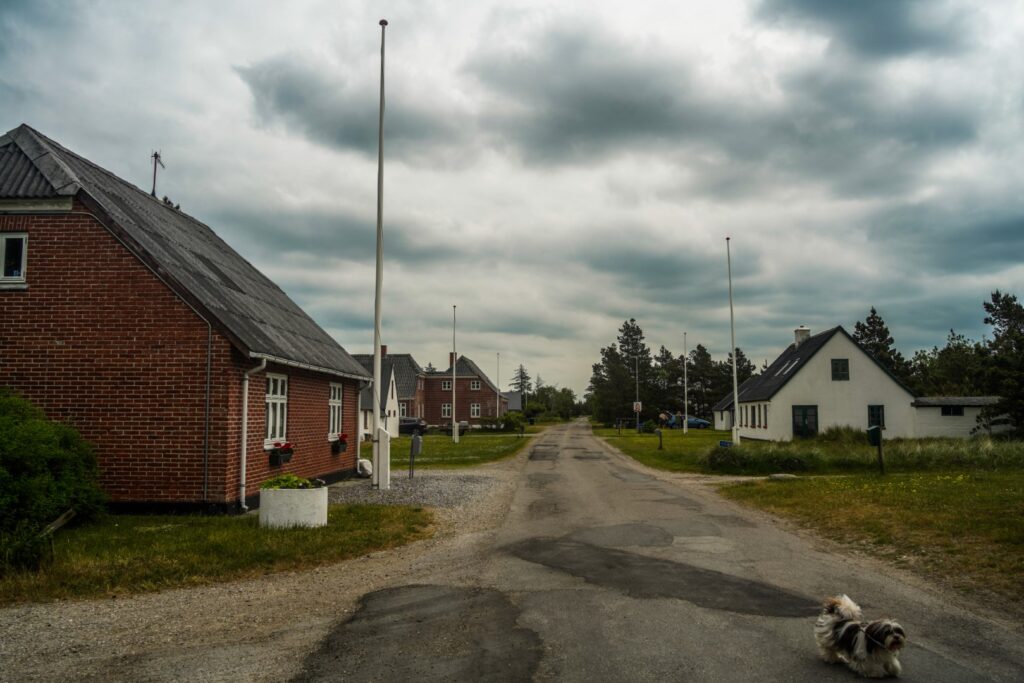

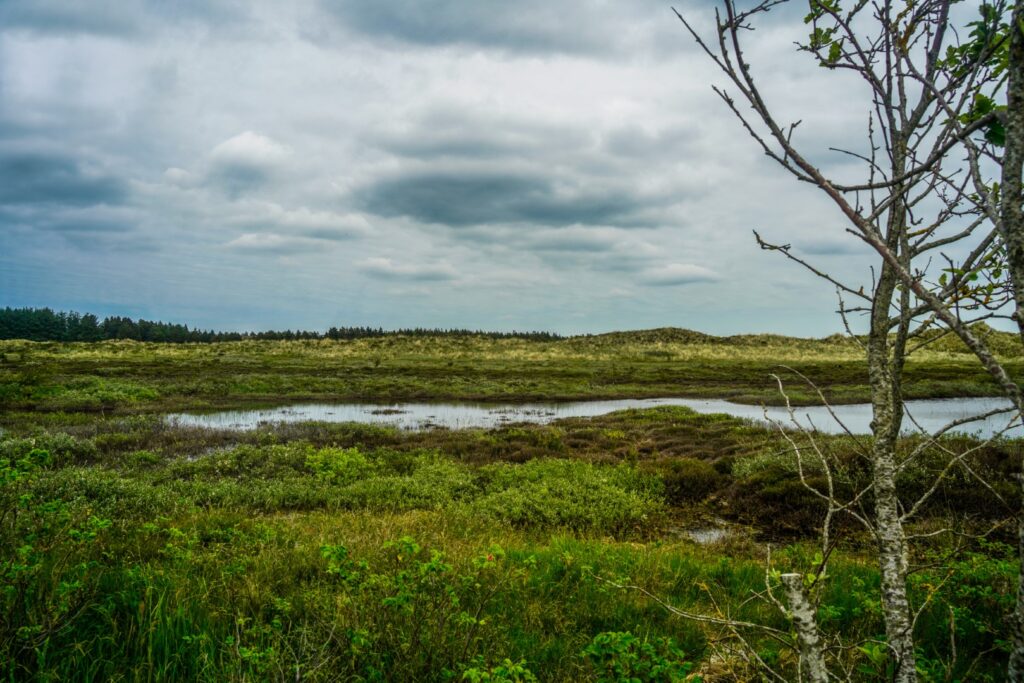
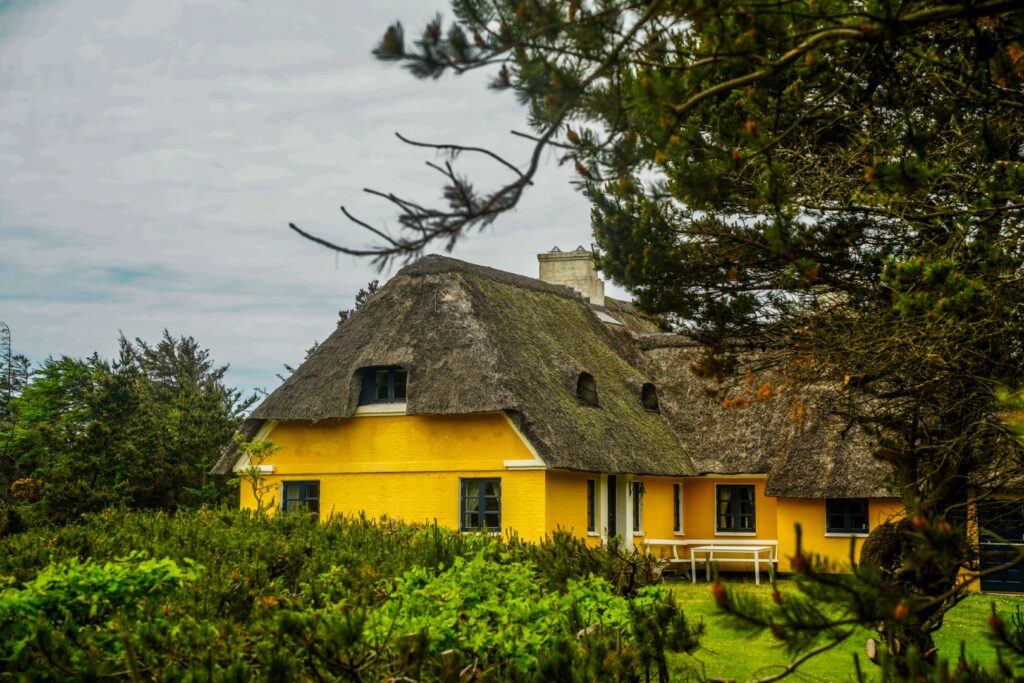
We set off into the wilderness, following Astavej, a road that seemingly leads to nowhere. After about 45 minutes of walking amongst undisturbed sand dunes and meadows, we arrived at Batteri Lyngby, which is a collection of bunkers built by the Nazis during the Second World War. They were abandoned at the end of the war, and many of them have since collapsed and others have become overgrown by the dunes. There were reportedly 100-150 German soldiers that staffed the bunkers, and they got along well with the local community in Lyngby. There are even reports of them playing with the local children!
Many of the bunkers are difficult to locate as they are practically buried in sand. We stumbled upon one of them by chance as the only thing visible was the entrance. The rest was entirely engulfed by sand.
Further along, we found several more bunkers, and most of them were open although a few were boarded-up. This area feels like the end of the world, and in a way, it is. According to a friend of mine, this is the furthest away from civilization you can get in Denmark!
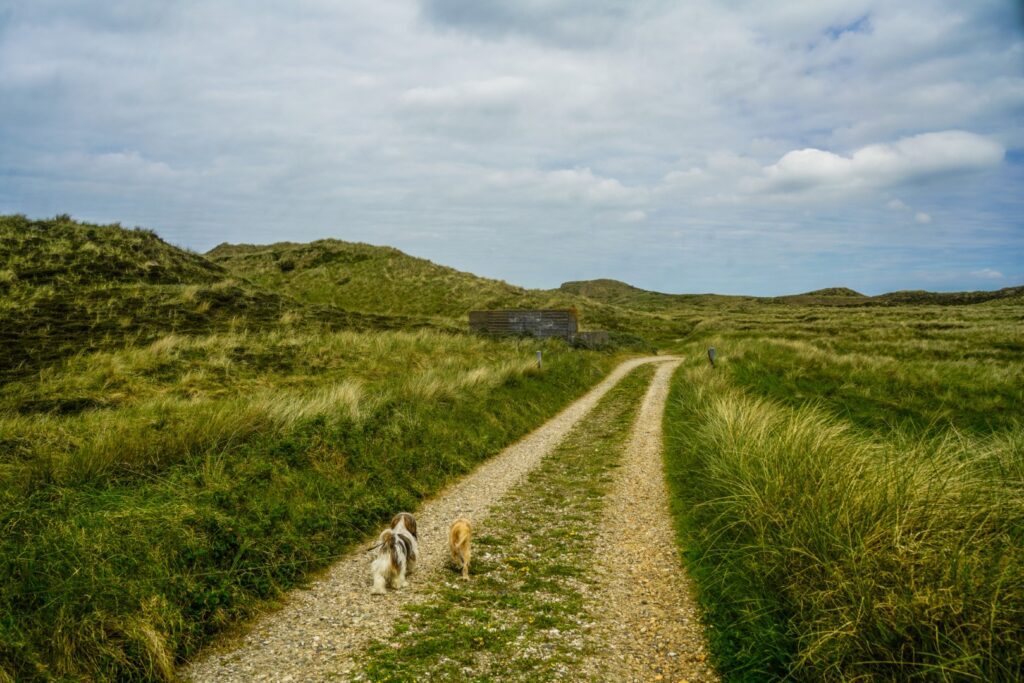
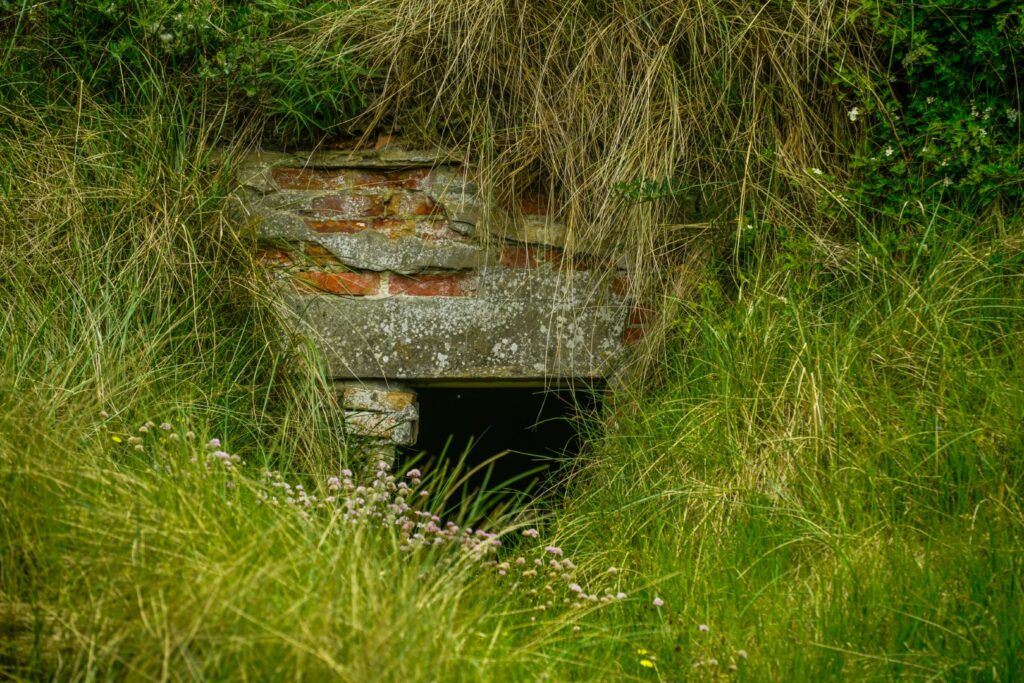
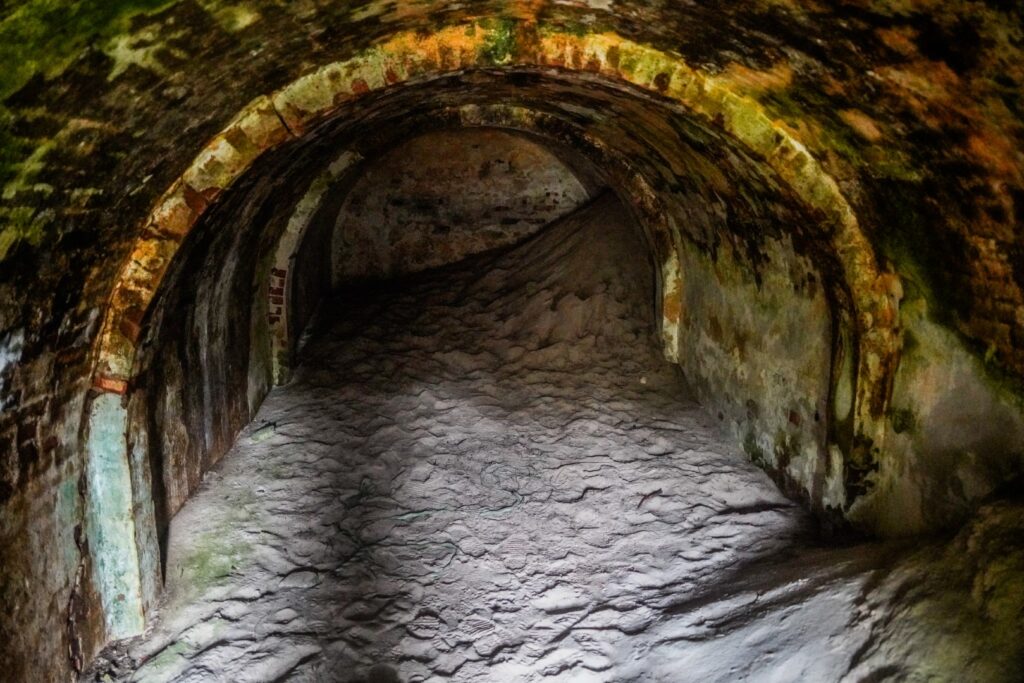
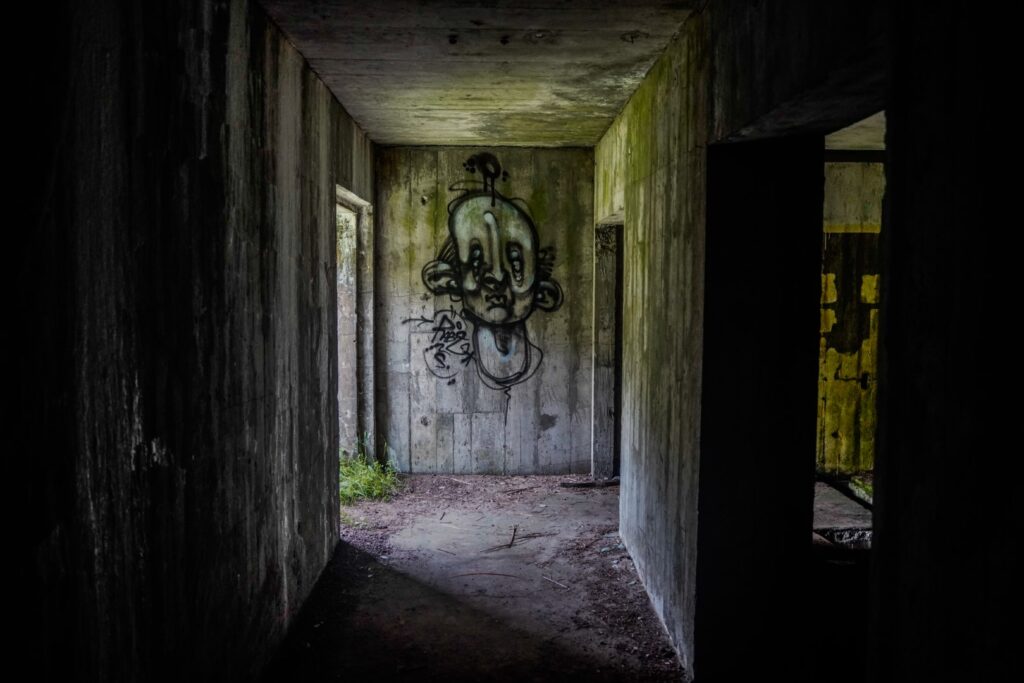
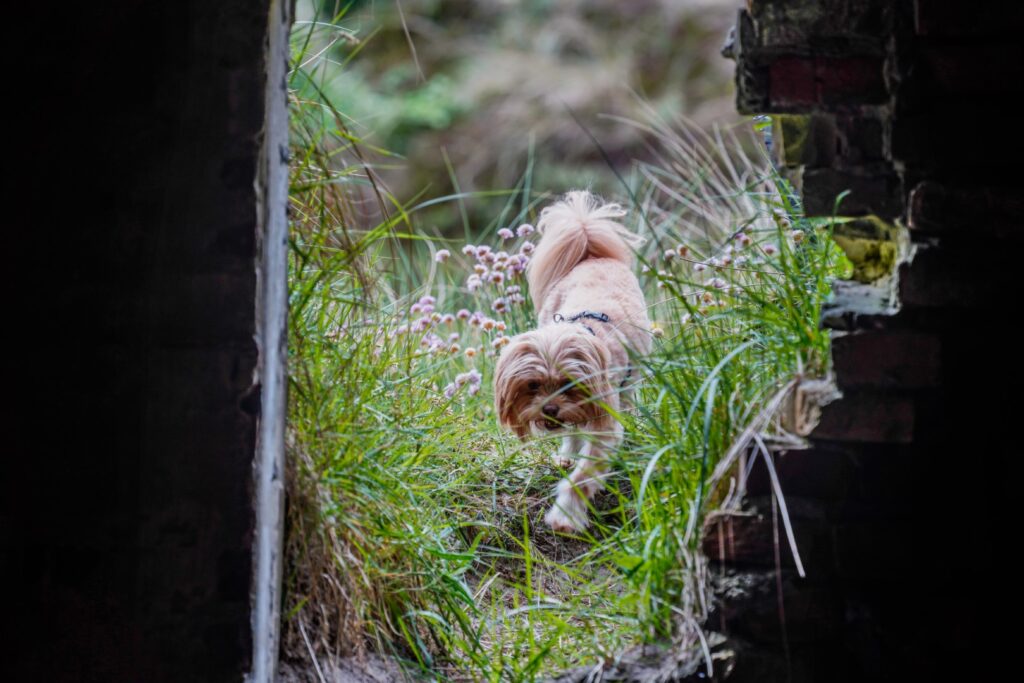

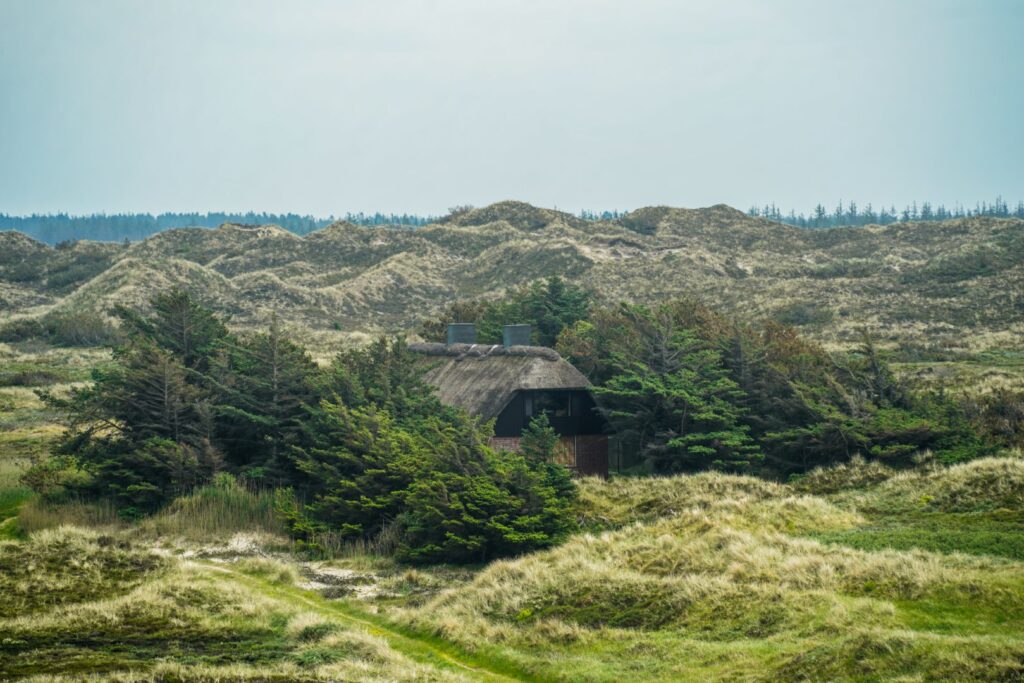

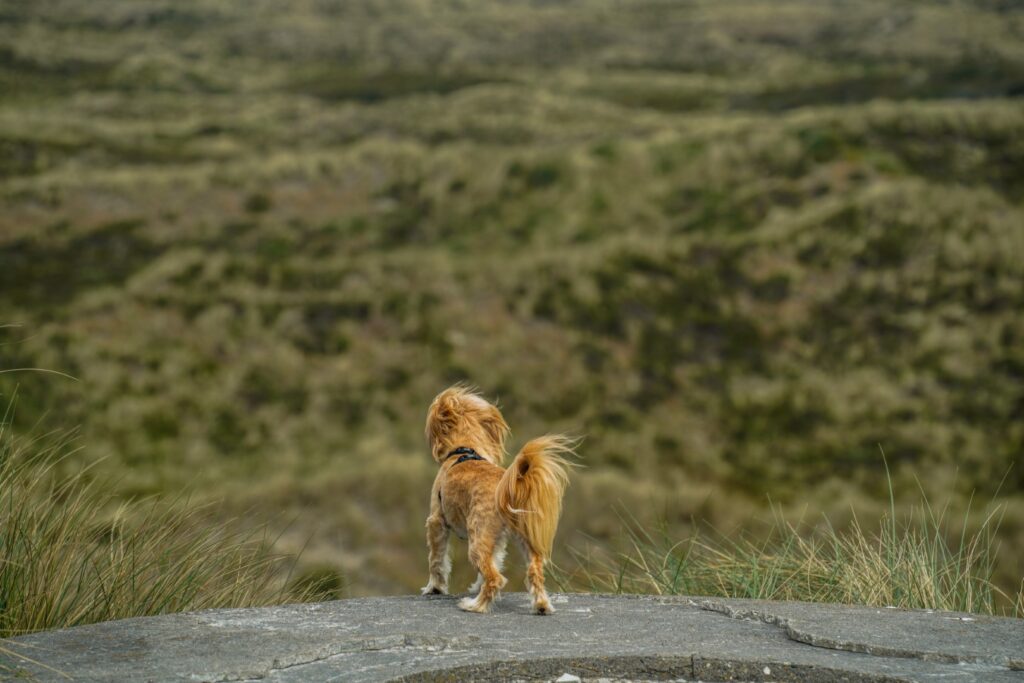
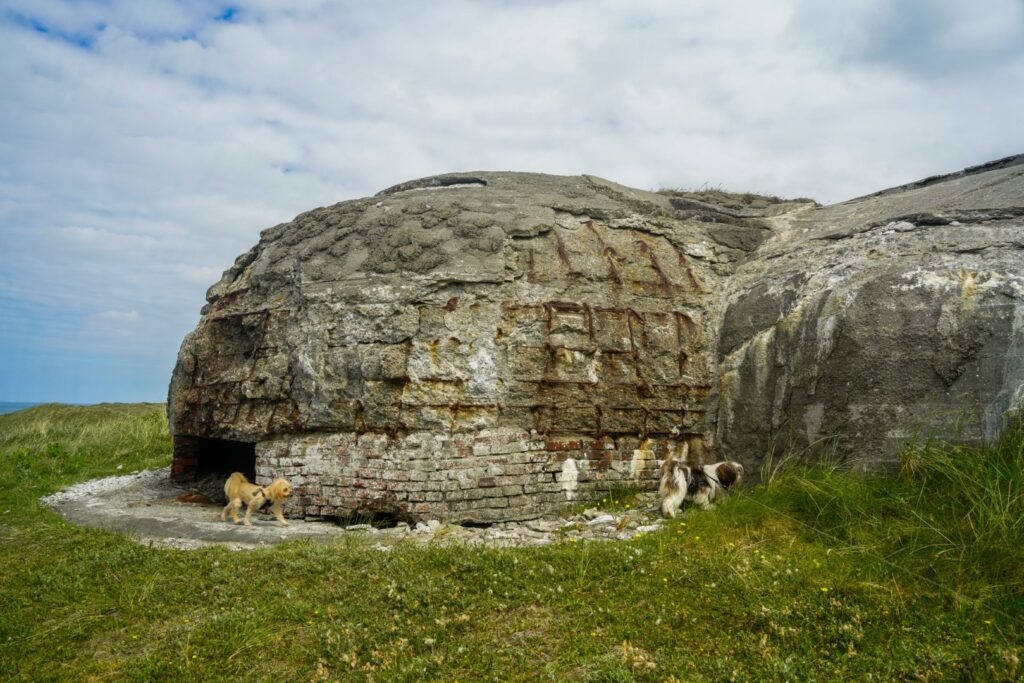
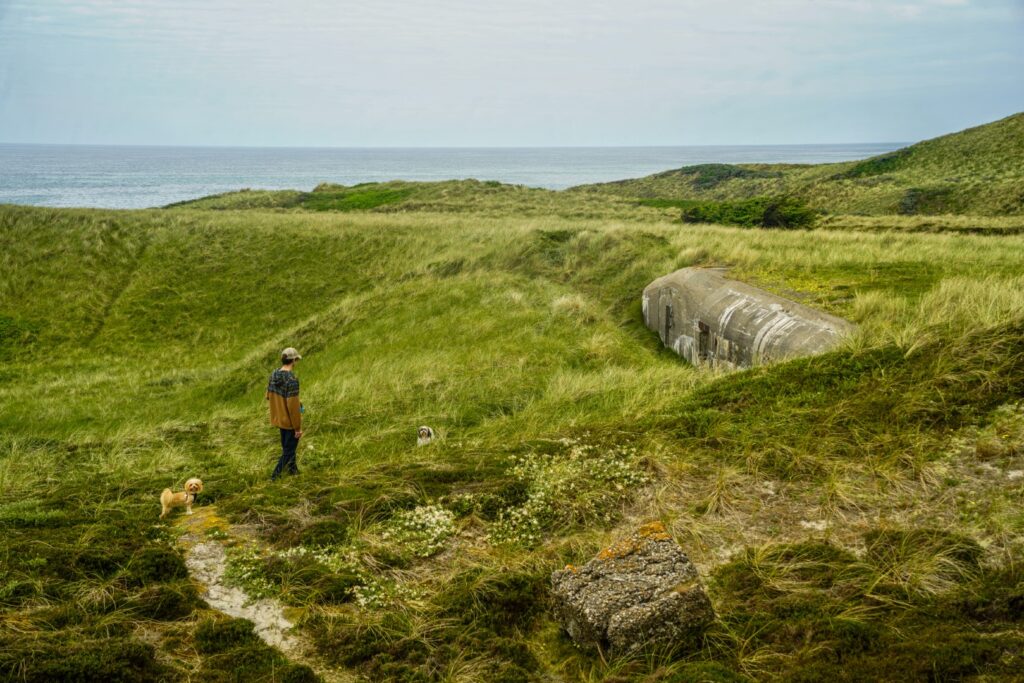
We continued through the dunes to the beach where we were surprised to find even more bunkers, some collapsed, some in incredible condition. Jutland’s west coast is full of bunkers and there are some pretty amazing collections such as at Vigsø, but I think Batteri Lyngby takes the crown. Not only because there are so many, but because many are well-hidden and take some effort to find!
We walked along the beach for a while, and the dogs ran and played, until we reached the direct road to the beach from Lyngby. We walked back to the village and had our lunch in the sun on a bench by the old rescue station.
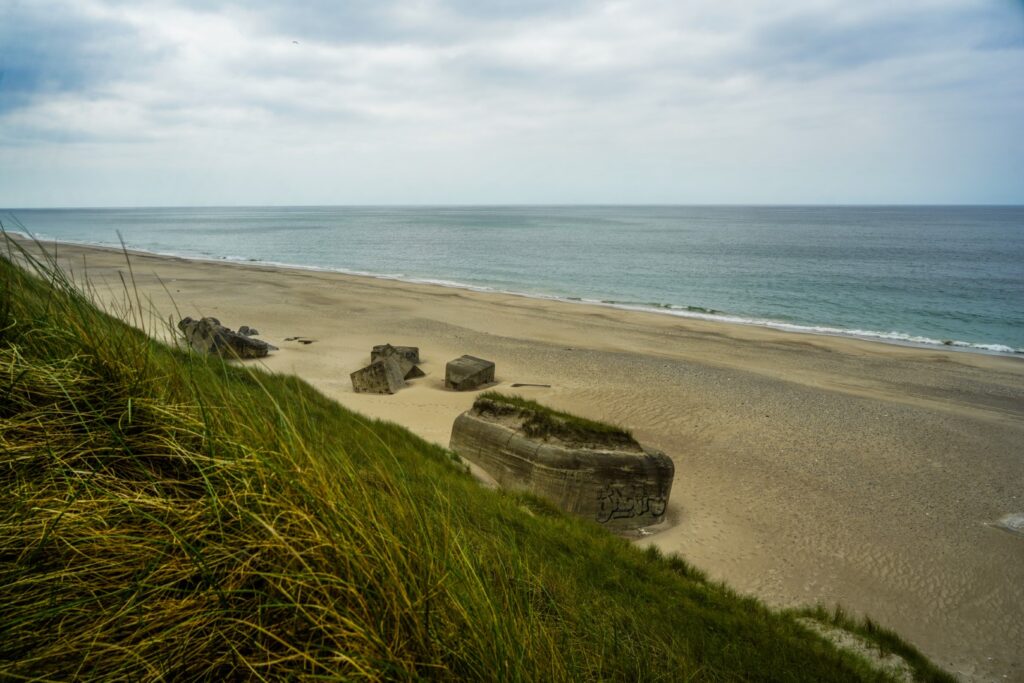
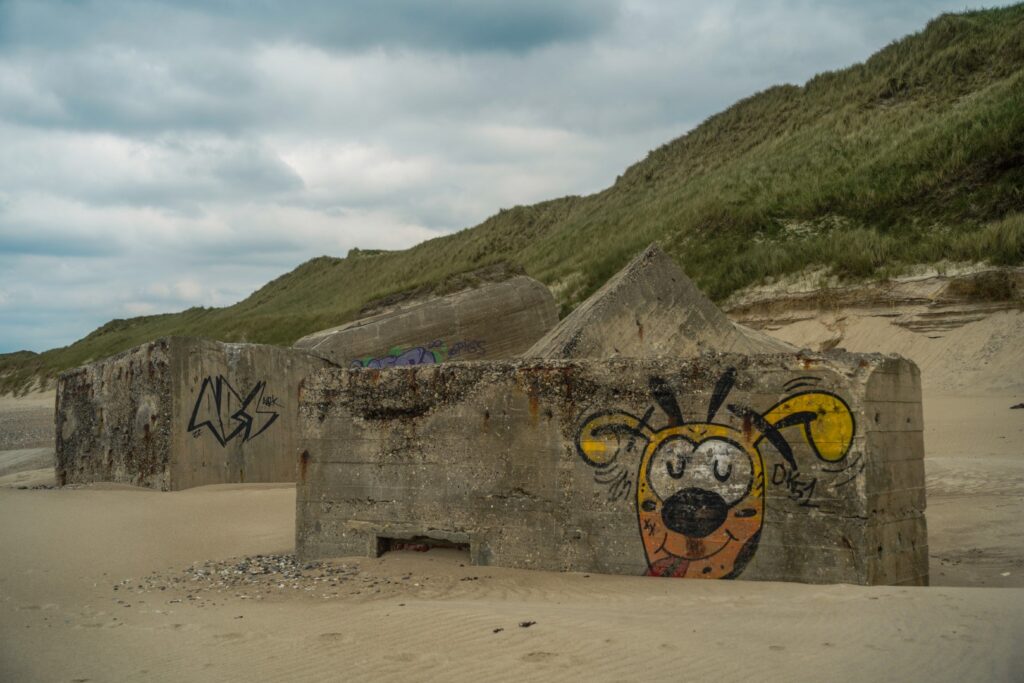
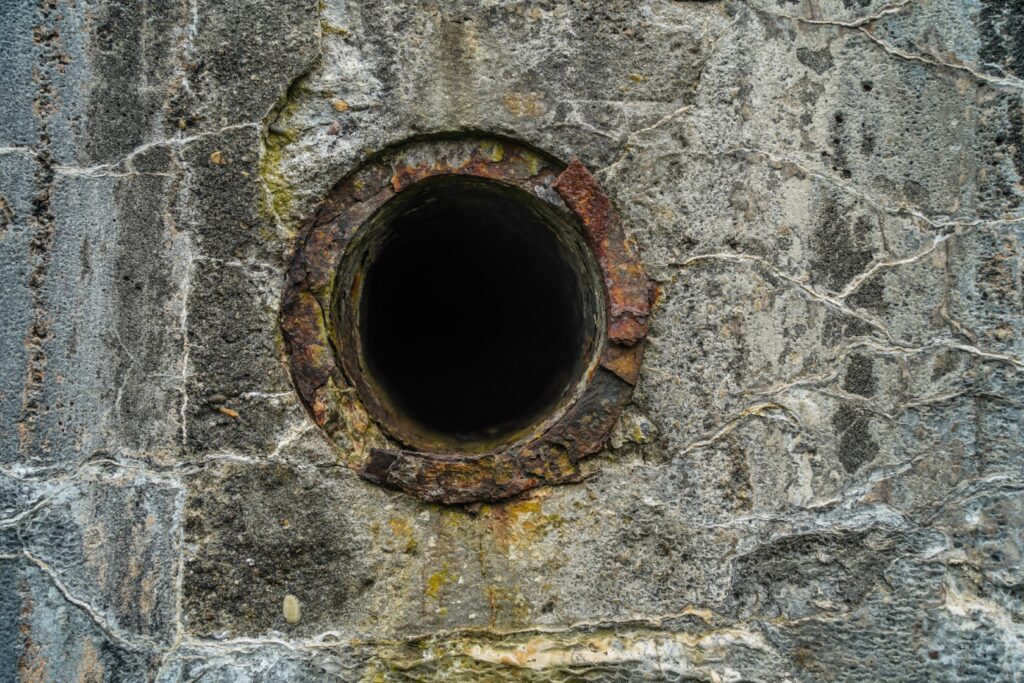
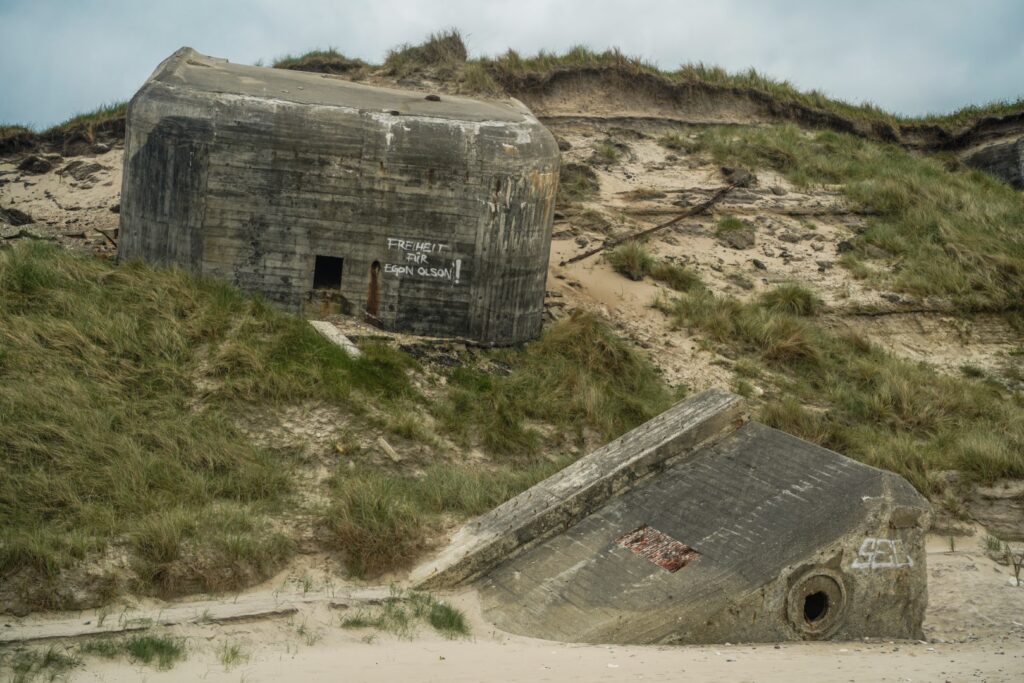
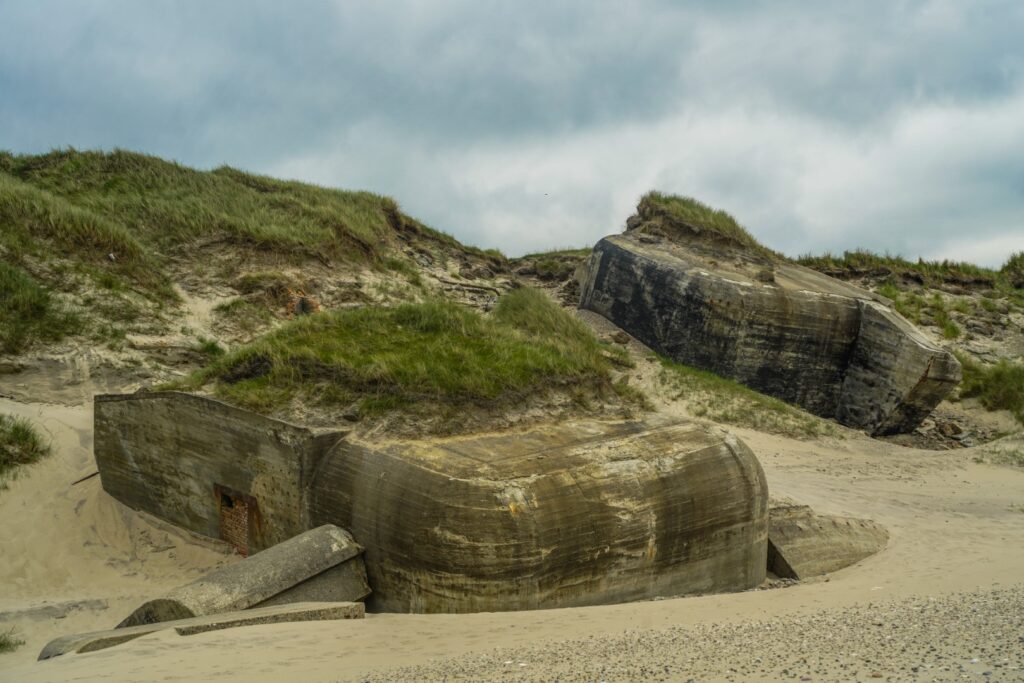
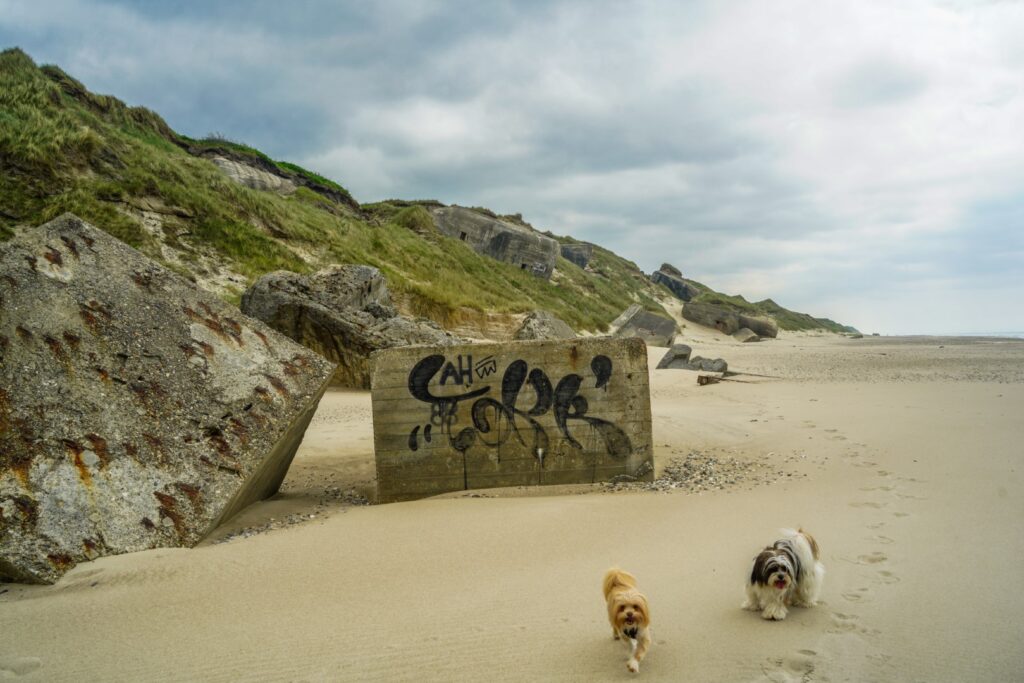
Then it was time to head to Stenbjerg Landingsplads, another unique village in Thy, consisting of two rows of small white-washed cottages with the rough waves of the North Sea as a perfect backdrop.
The cottages were built by local fishermen as tool sheds around 1900. They have never been lived in, but they bear witness to a time when the fishermen eked out their livelihood through hard work and dangerous fishing trips out on the North Sea. Changes in fishing methods around 1900 led to a need to store and maintain fishing gear under shelter, which led to the building of these cottages. Many of them were built using simple materials that the fishermen found nearby, which means that the architecture of the cottages is unique, not only to Thy, but to all of Denmark.
We spent a while in the village, visiting the two small museums that showcase the fishermen’s lives, and went down to the beach for some play time with the dogs before calling it a day.
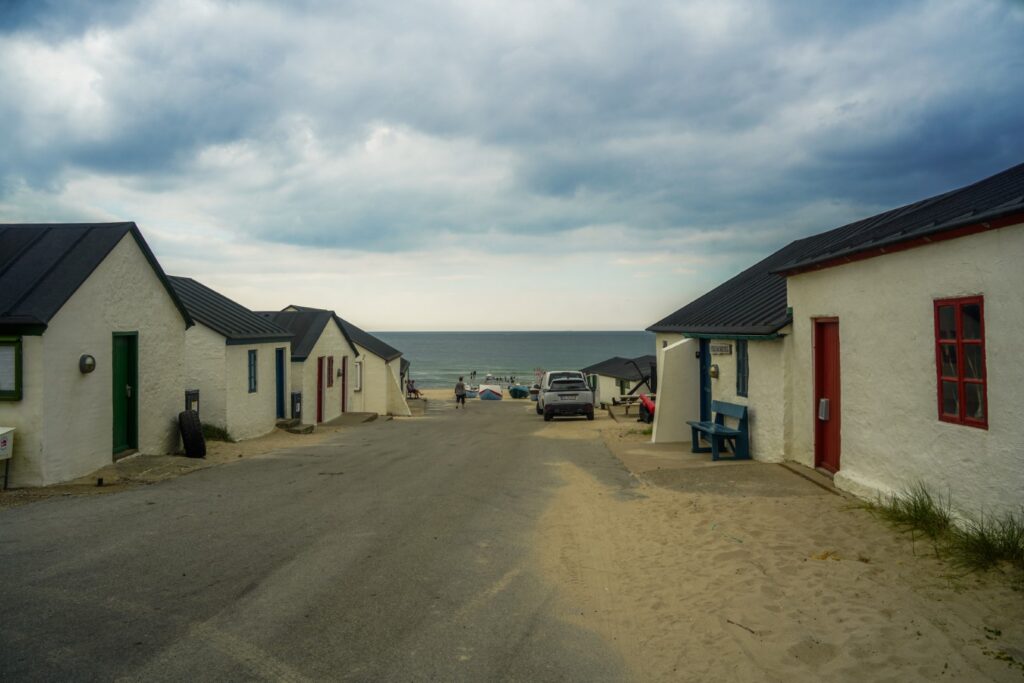
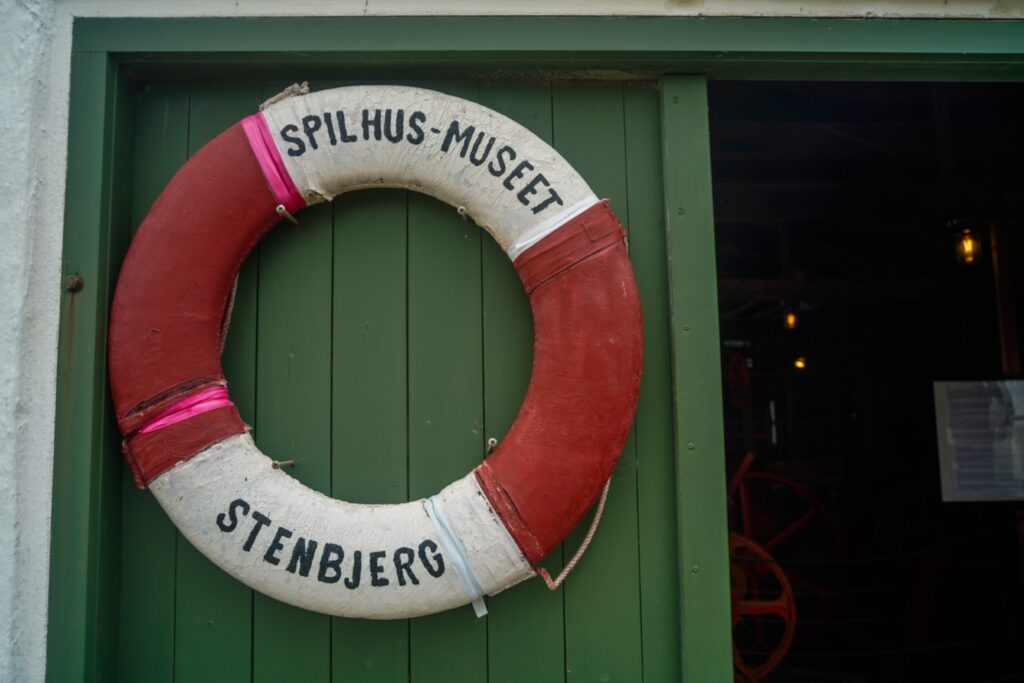
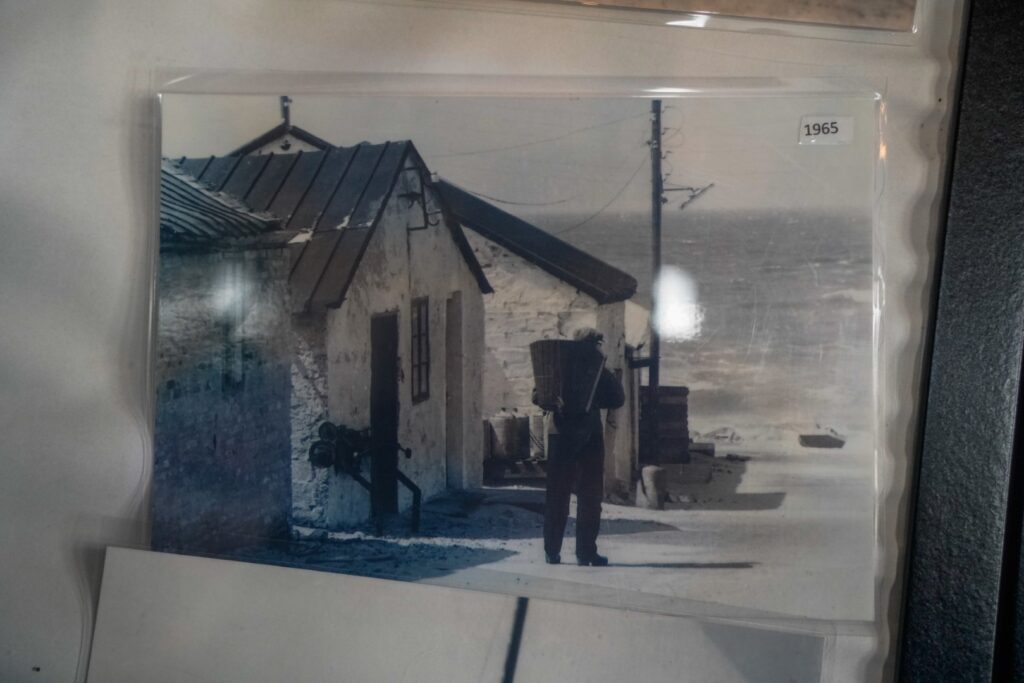
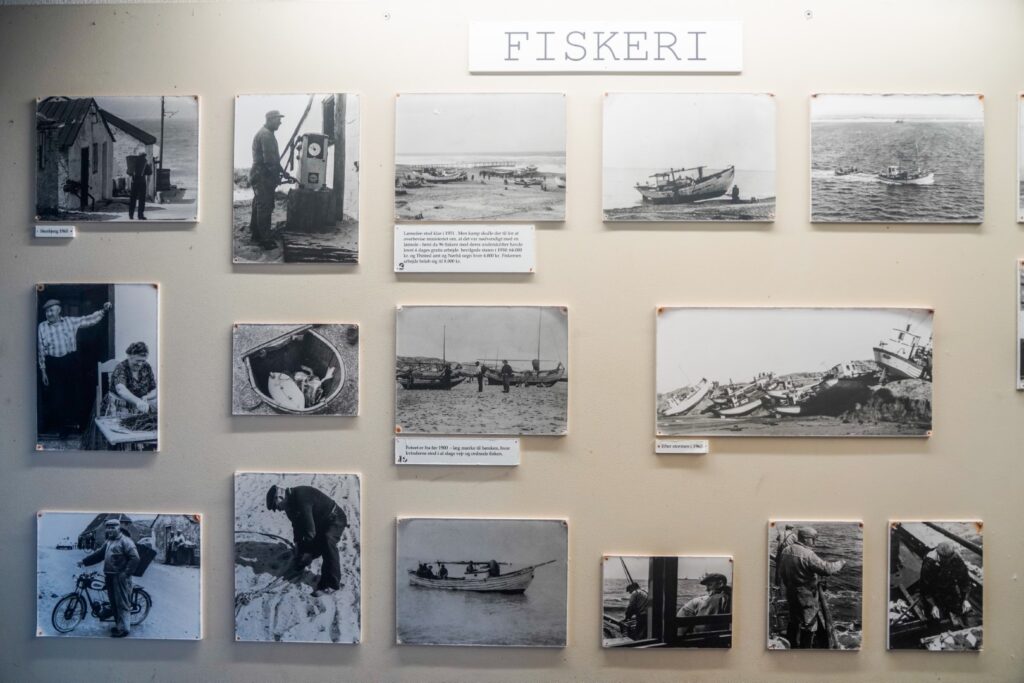
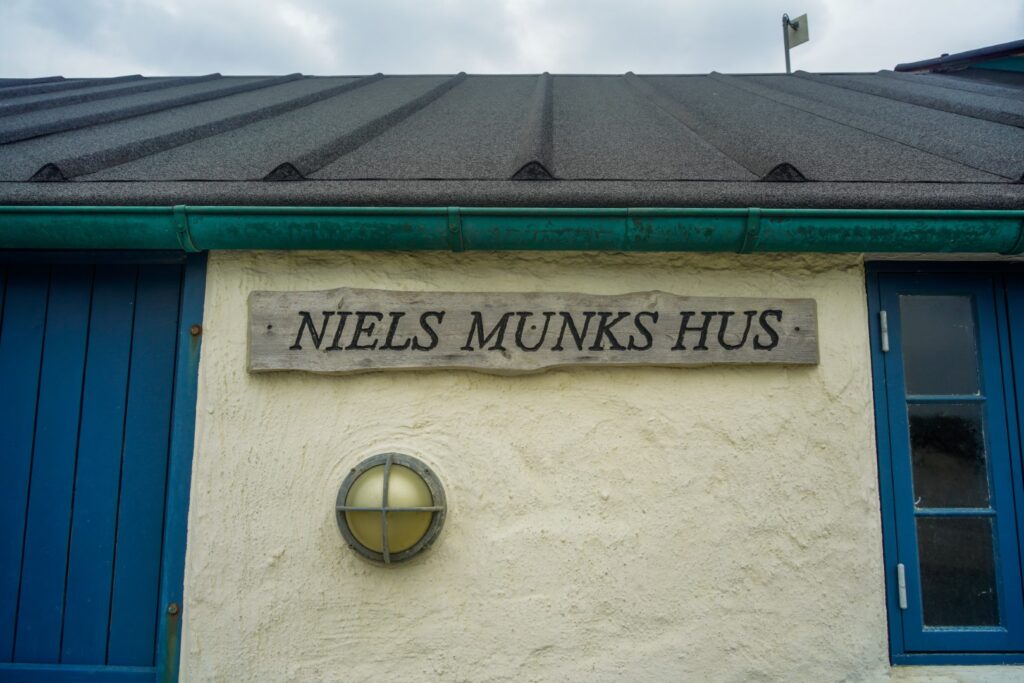
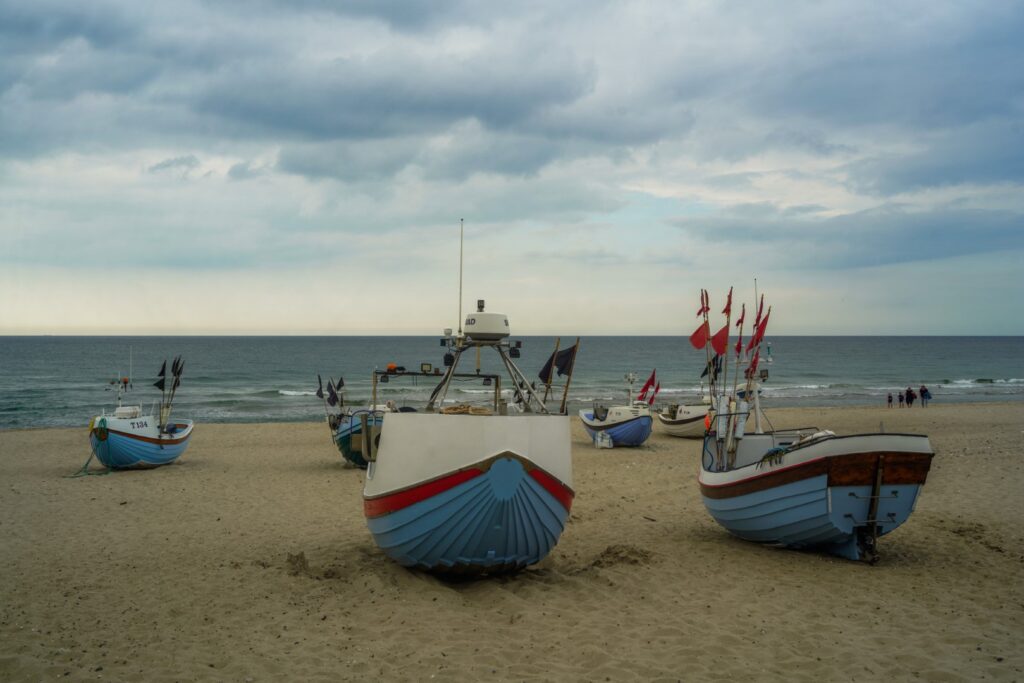
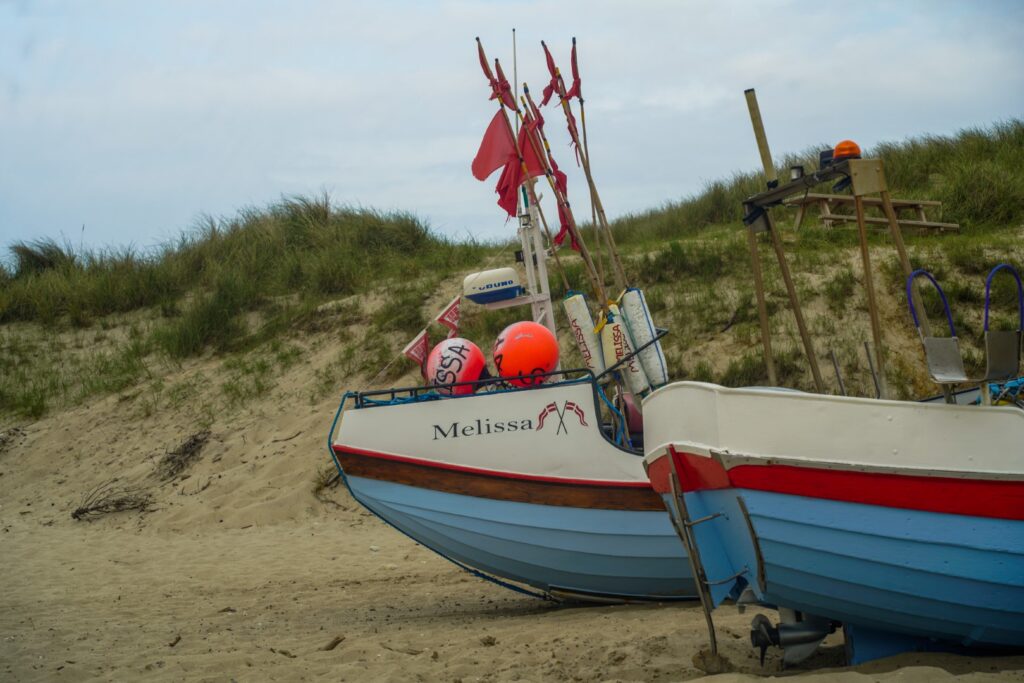
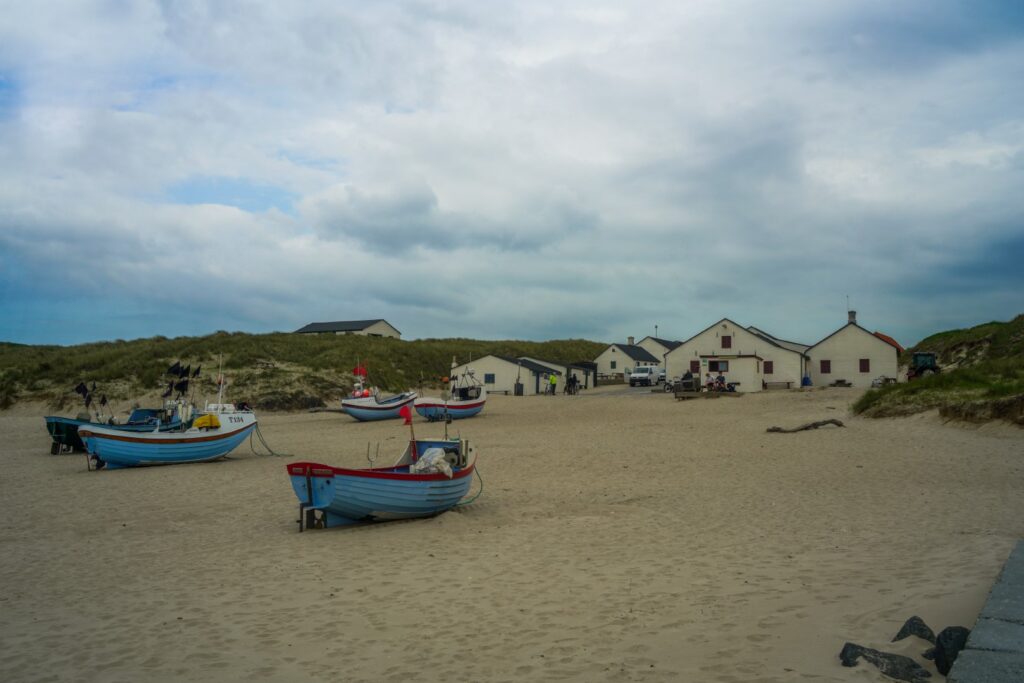

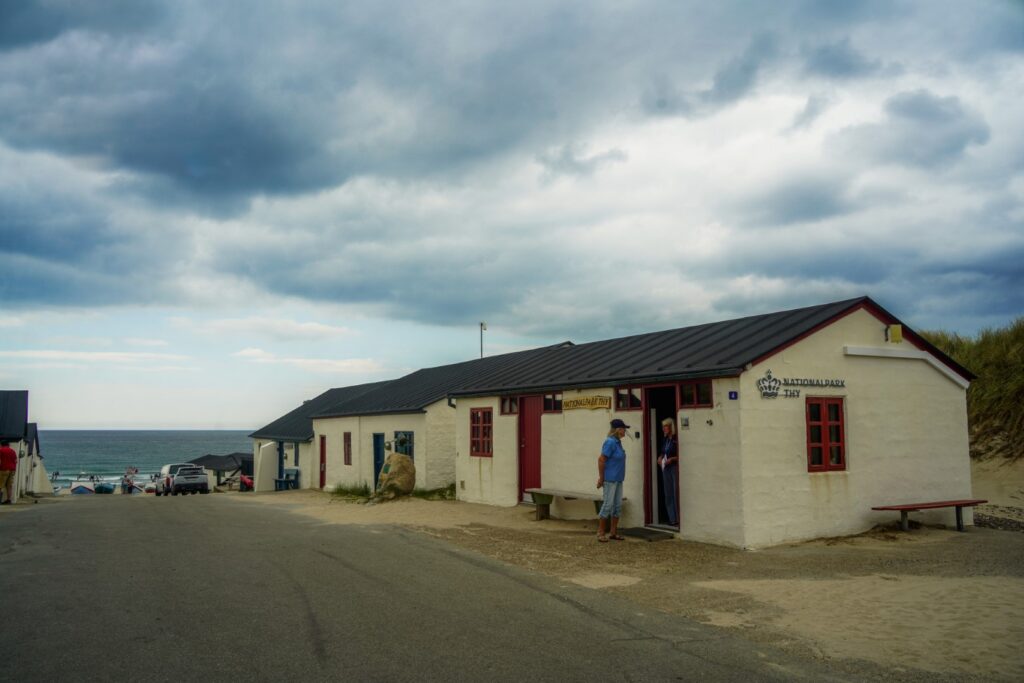

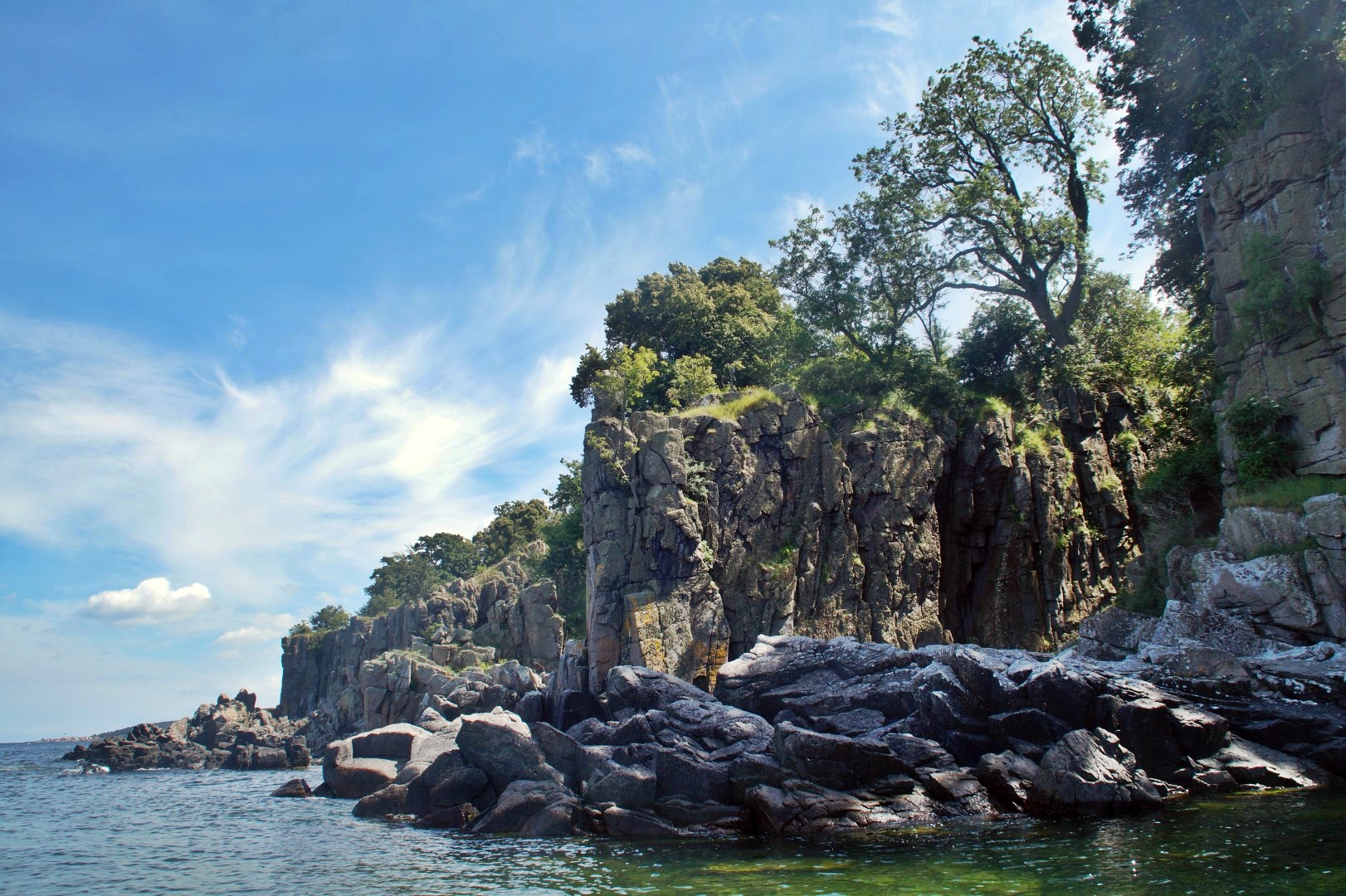
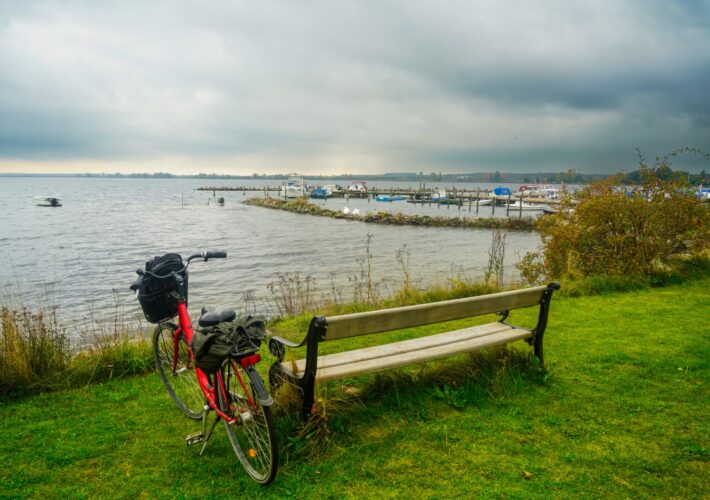
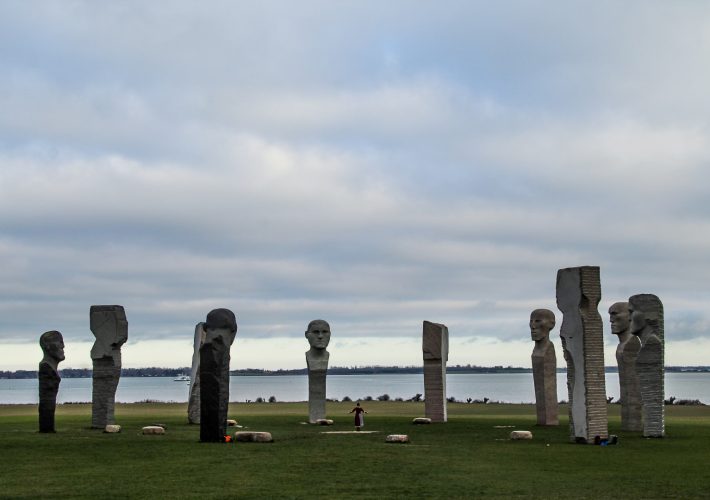
Leave a Comment